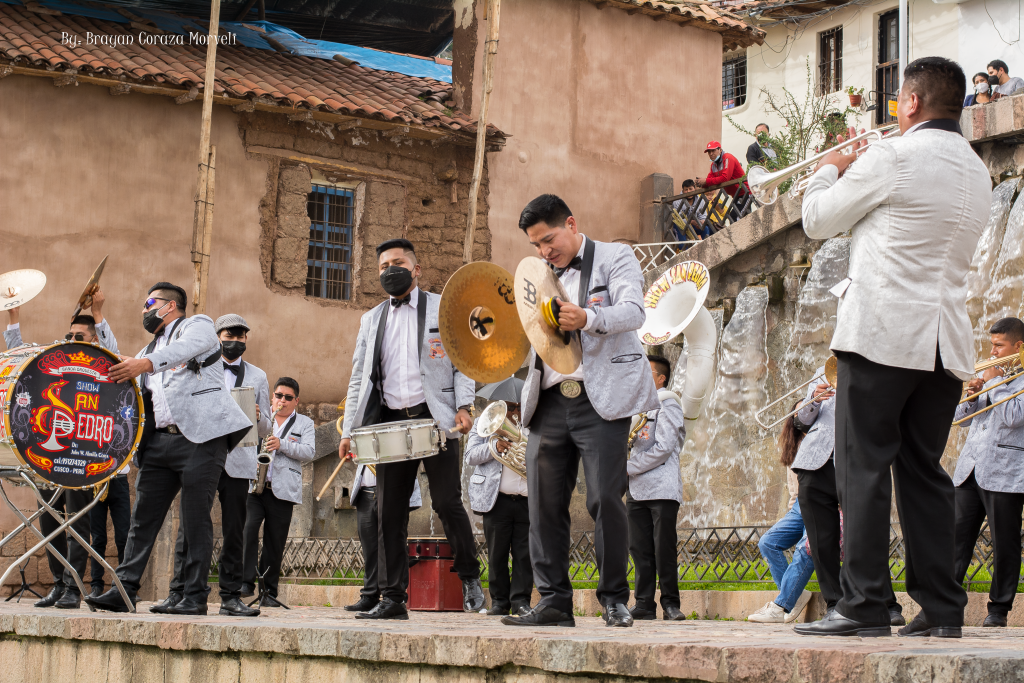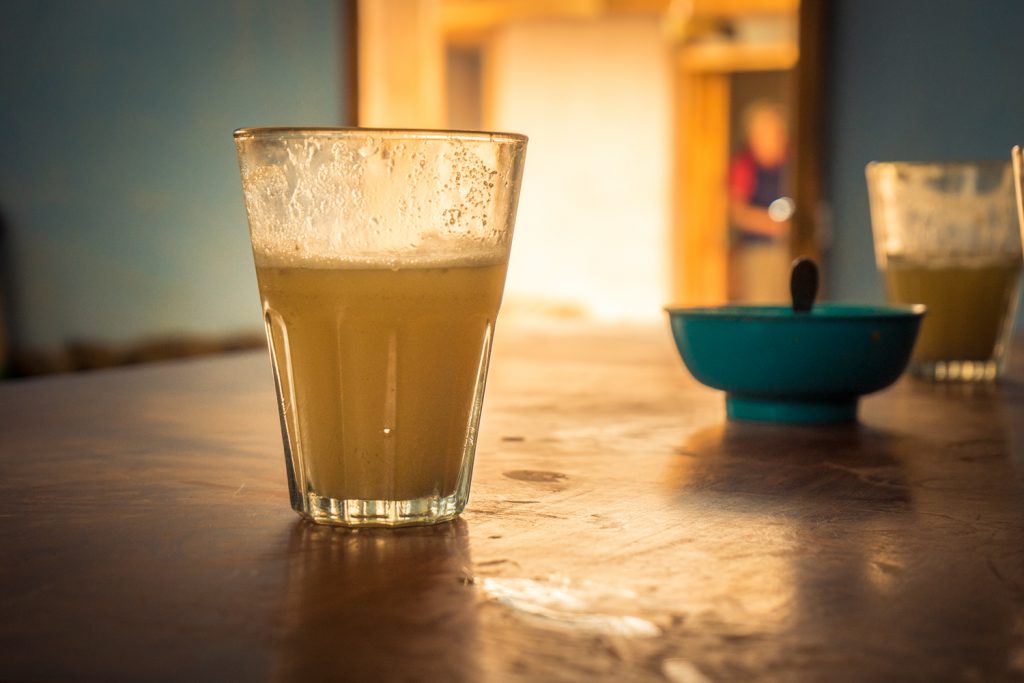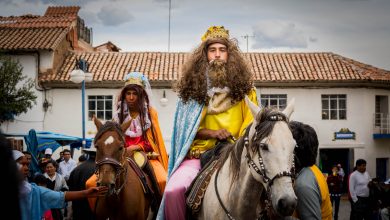The Carnival festival is one of the most important festivals celebrated throughout the year in the Andes of Peru, with a series of activities in which all people participate without distinction. This festival encompasses many traditions that have undergone changes and adaptations over time, uniting in syncretism with traditions from other cultures.
Origin of the Carnivals
Carnival had its origins on the European continent, around the 12th or 13th centuries, probably in the French city of Nice. At that time, the carnival party turned out to be a kind of farewell to earthly pleasures that were totally prohibited during Christian Lent.
According to the dictionary of the Royal Academy of the Spanish Language, it defines the name carnival from the Italian “Carnavale” which means to remove meat, and at the beginning of the Middle Ages the Catholic Church proposed an etymology of the term Carnival from the vulgar Latin carne-levare which means ” abandon the meat” Therefore, the meaning of carnival would be the “farewell to the meat”, and this would be due to Christian Lent, where they should deprive themselves of eating meat, dancing and partying for 40 days.
So before entering Lent, three days before the people were engaged in great banquets, great dances, games and a series of entertainments that in the next 40 days of Lent they would not have.
Thus, the European carnival involved a display of irreverent behavior, such as sensual dances, profanity, grotesque costumes, excessive wine and food, allusions to sex and representations that ridiculed the authorities.

According to historians, this would be a pagan festival that went against the church and religion.
The arrival of the carnival in Peru
With the Spanish invasion the religious orders also arrived along with Christianity and at the same time with the Spanish soldiers the tradition of the European carnival.
According to some authors, two types of carnival are mentioned, one for the upper class, which held banquets and costume parties in the European style, and another for the popular class (blacks, Indians and mestizos). Who are going to imitate and introduce popular elements to the carnival.
In addition, according to the books of the old town hall of Lima, it is known that as early as 1544 the popular class festival called “Quasimodo Sunday” was celebrated in the capital. This was a carnival party in which blacks came out painted and wearing devil masks to perform frenetic dances and colorful performances.
This same carnival arrives in Cusco in the colonial era, according to the writings, the church prohibited this party under penalty of excommunication because some people disguised themselves as friars dousing passersby with water among other events and of course as a tradition pagan, to which the Catholic Church did not agree and also the response of the corregidor of that time was that the bacchanals could not be omitted because they were entertainment and fun.
The Feast of the Great Ripening
Until then, the European-style carnivals came to an end, since they had a culture with very different traditions and customs in front of them. In the Andean world it had another connotation, since it was related to polytheistic beliefs, myths and legends, in addition to being linked to the constellations and stars, which were taken into account to organize their daily lives and mainly define the times of rains and of droughts.
The written and graphic testimony of the chronicler Felipe Guamán Poma de Ayala, indicates that the Andean festivities were offered to various gods, stellar positions, customs, etc., carried out with a whole ritual of ceremonies and dances.
There was a calendar of festivals that were celebrated simultaneously throughout the Tahuantinsuyo, among the main ones that stand out: The festival of the great maturation (Hatun Puquy), which was held in the months of February and March.
With the arrival of the Spaniards, the Andean festivities were suppressed and gradually changed, the religious Catholics permanently tried to disappear them, prohibiting them and destroying the masks, musical instruments and costumes of the dancers, only the interest of the Andean community managed to save their festive traditions .
The festival that we know today as Andean Carnival was associated with the Andean festival Hatun Puquy, where thanks were given to Mother Earth or Pachamama, performing dances, games of rejoicing or called Pucllay in the Quechua language, rituals and other activities in which had a great turnout.
The scholarly chroniclers Bernabé Cobo, Father Velasco, López, Cristóbal de Molina, Alonso Ramos Gavilán, consider the Hatun Pucuy festival as one of the most important in the pre-Hispanic calendar.
In the Andes, the Carnival chronologically corresponded to the rainy season, where there was abundant water and this would be an important moment for the flowering of the plants, which corresponds today to the months of February and March.
After the planting period, offerings were made to the divinities of the natural world and various things were requested, such as the good reproduction of animals and the good growth of products. It is generally a stage of renewal, when the animals enter a period of heat, and it is also considered an ideal occasion for the formation of pairs in the generation of young.
Here another very important tradition takes place, which is the servinacuy, a trial coexistence before getting married to see if the couples have a good chemistry. In this festival the young people will wear their best clothes and to the rhythm of traditional melodies and steps they will perform the Qaswa or courtship to find a partner, alluding to the same animals, a clear example of birds.
Then this important tradition that is carried out with agriculture and an invocation to the forces of fertility love, equating the natural cycle in the human life cycle, will be the basis of the Andean carnival and that will adopt the best of the carnival of the old world, where they will come together in syncretism and a new carnival will be born that will have the best of both cultures.
Currently the carnivals are celebrated between the months of February and March, where there are four important dates, Compadres, comadres, central day and the cacharpari. Of course, here you can enjoy various activities such as food, drink, music, dance and games.













